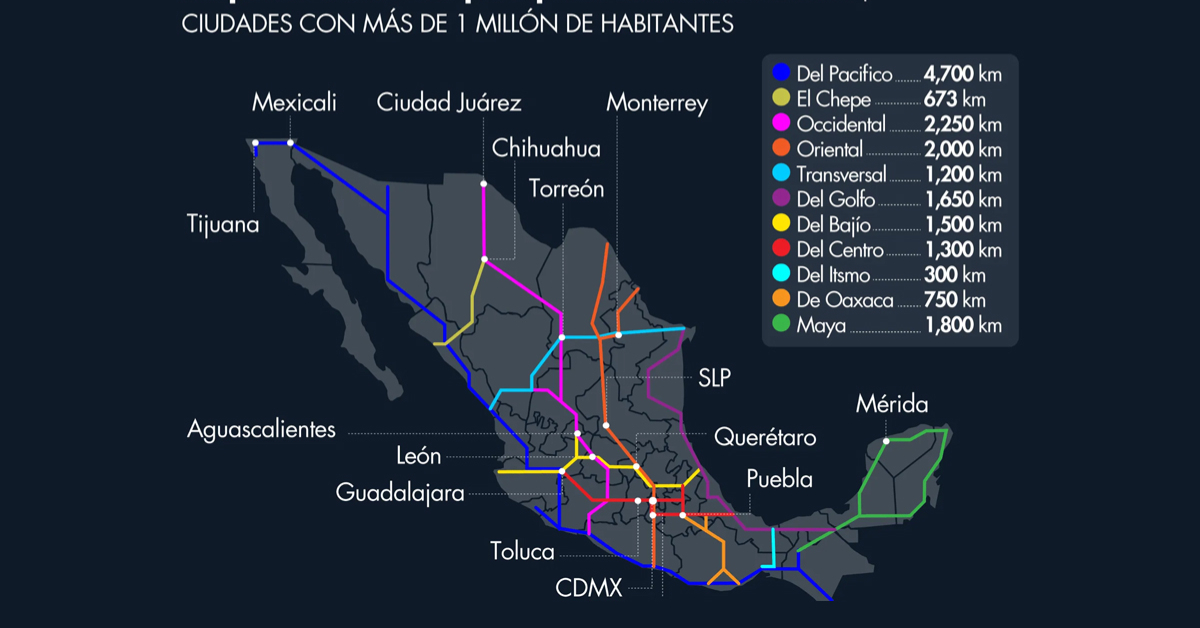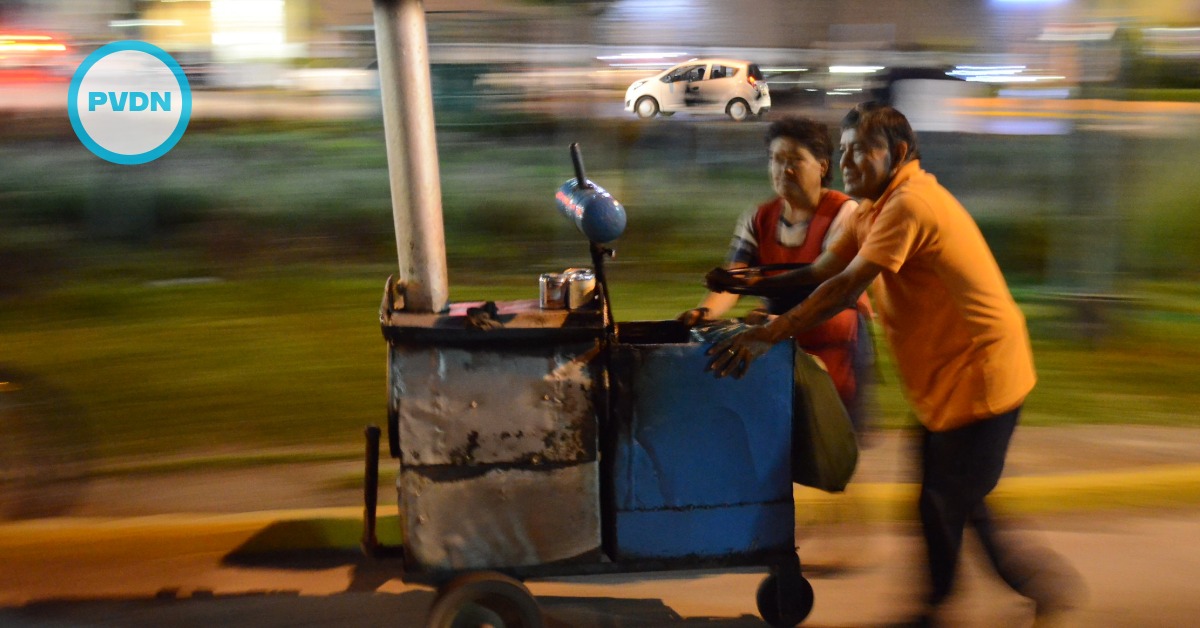Just as people travel by train in countries like the United States and throughout Europe, this could be happening in Mexico by 2050, with at least 11 different routes that will take you around the country by train.
It's taken nearly a decade to construct a 300 km highway from Guadalajara to Puerto Vallarta, which still isn't complete, so a plan for 20,000 km of trains by 2050 is ambitious. We wouldn't recommend buying any pre-sale tickets.
Federal deputy, Miguel Torruco Garza, released the information about the planned train routes . . .






